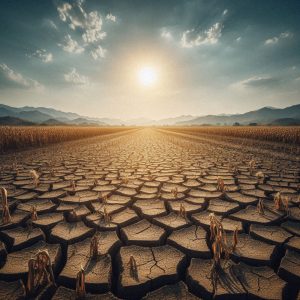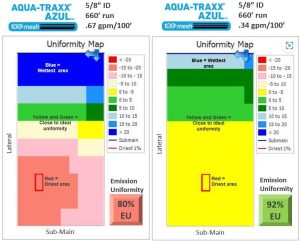Originally posted on The Fresno Bee
With no end in sight to California’s record drought, state leaders are right to focus most of the $687 million relief package they announced Wednesday on longer-term efforts to conserve and recycle water.
But if we’re really all in this together, leaders must pay far more attention to the biggest user — agriculture, which takes anywhere from 62% to 75% of available water in a given year, depending on how that consumption is measured.
As The Sacramento Bee’s Matt Weiser reported on Sunday, while more farmers are using drip irrigation, which is far more efficient than flooding fields, many are stuck in the old ways. And while urban water systems must reduce per capita water use 20% by 2020 or risk losing state money, state law does not put the agricultural sector under similar conservation requirements.
Just like urban systems, water districts in farm country should have state help — and have goals — to save as much as they can.
One example of an irrigation agency that is encouraging its growers to switch to drip irrigation is San Luis Canal Co. in Dos Palos.
As Weiser reported, San Luis Canal Co. is investing $1 million a year to build small reservoirs, or basins, to store irrigation water so it can be pressurized. It also is installing new valves, weirs and pipelines to manage pressurized water. Finally, it has a program to subsidize drip irrigation: grants of $250 per acre, and loans of another $250 per acre, to encourage farmers to switch.
The new drought aid package — unveiled by Gov. Jerry Brown, Senate President Pro Tem Darrell Steinberg and Assembly Speaker John A. Pérez — does call for transferring $10 million from carbon cap-and-trade funds to invest in more efficient agricultural irrigation and pumping systems.
Of the $687 million, the vast majority — $549 million from water and flood-prevention bonds that voters authorized in 2006 — would speed up local and regional projects already in the pipeline to capture stormwater, expand water recycling, store more groundwater and strengthen conservation programs.
This money, however, should be awarded to the projects that will save the most water, even if they aren’t on the drawing board yet. We say this because competitive grants will encourage local officials to be innovative and use the most up-to-date technology to find the best methods for their communities.
The legislation also includes $15 million to address emergency water shortages; public health officials have identified 10 communities at the highest risk of running out of drinking water in the next 60 days. This funding is absolutely necessary.




